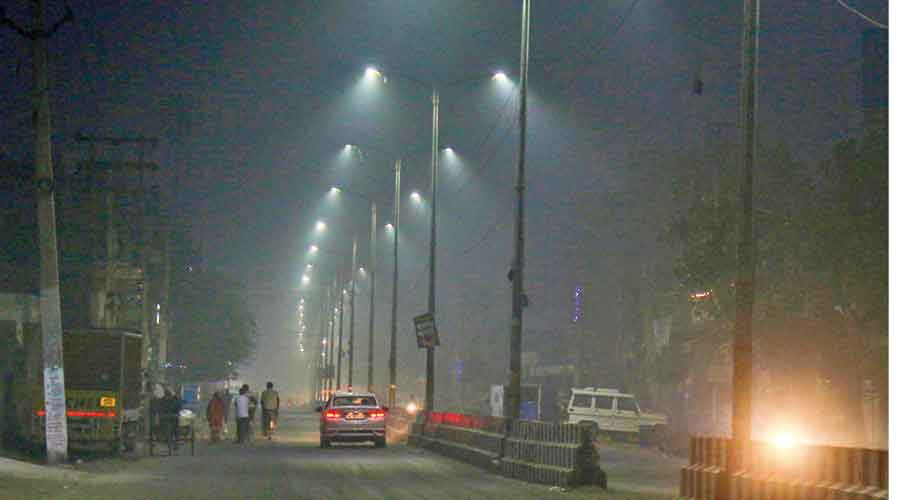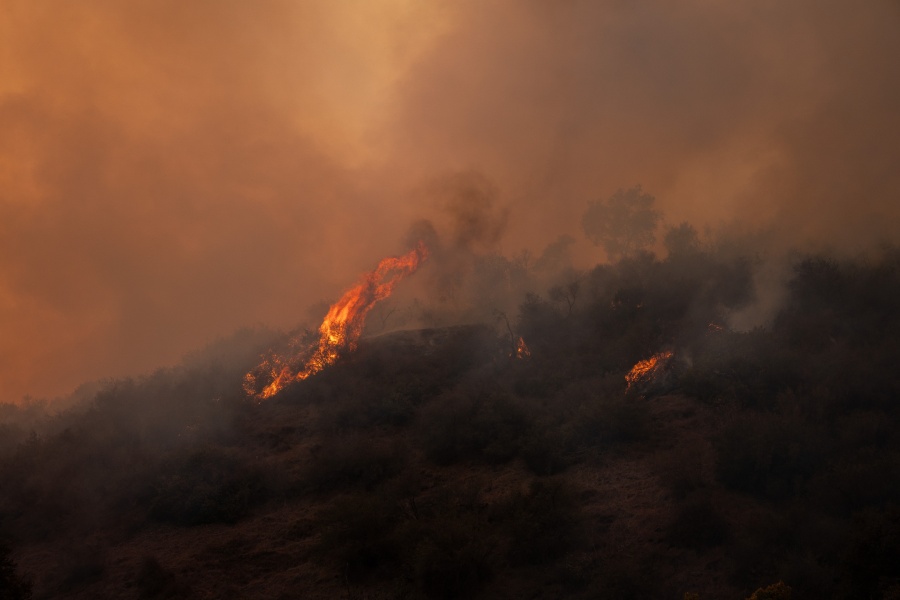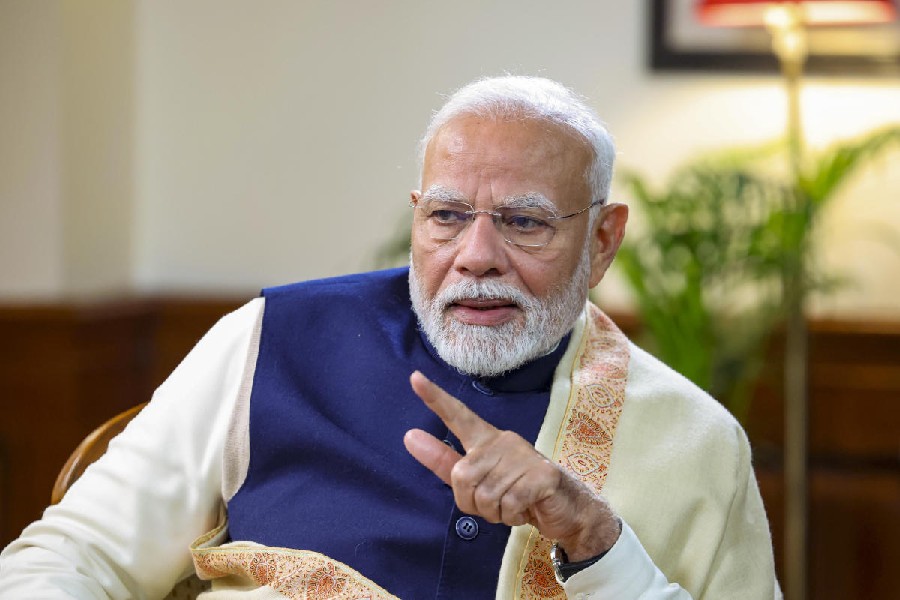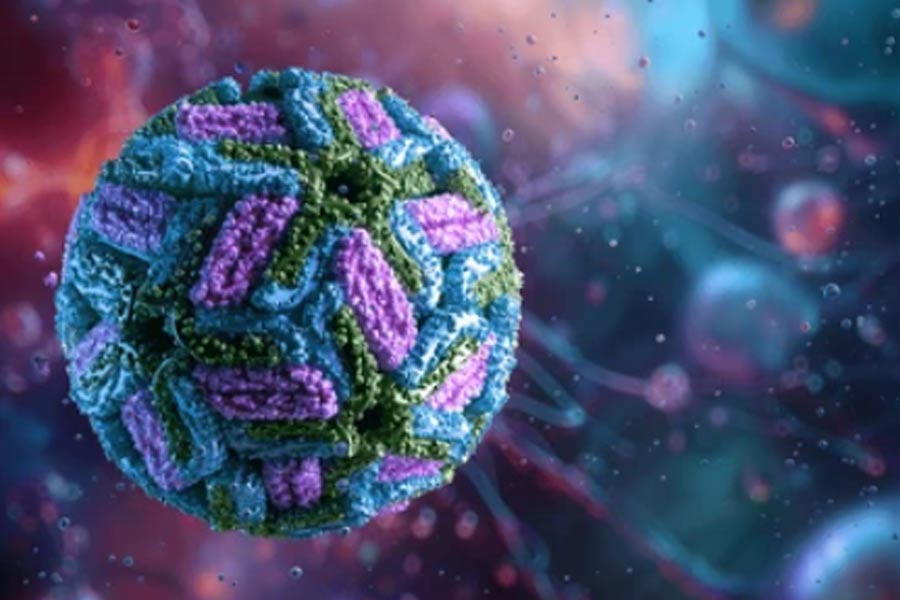Firecracker emissions degraded air quality over the National Capital Region early on Friday from the “very poor” to the “severe” category with residents waking to a citywide haze that persisted through the day.
Delhi’s concentration of tiny particulate matter sized 2.5 microns (PM2.5) that can penetrate deep into the lungs spiked to 383 micrograms per cubic metre, more than six times the permissible level, a government air quality tracking agency said.
“The PM2.5 level is higher than in 2020 but much less than in 2018,” the Union earth sciences ministry’s System for Air Quality Weather Forecasting and Research (SAFAR) agency said in a post-Diwali air quality bulletin released on Friday.
But the agency said local winds had picked up since morning and were expected to disperse the pollutants by late night. Some relief may be expected by Sunday, it said, although air quality is expected to range in the “very poor” category.
The agency has forecast that the PM2.5 concentration in Delhi will fall to 230 on Saturday and continue to improve — although remaining in the very poor category — to 184 by Tuesday in the absence of more firecracker emissions.
Firecracker emissions emerged from across parts of the National Capital Region on Thursday evening and night despite an appeal by Delhi chief minister Arvind Kejriwal to the public not to burst fireworks.
“Don’t burst firecrackers no matter what — if we burst firecrackers, we’d be playing with the lives of our children,” Kejriwal had said, urging residents to celebrate Diwali but without fireworks.
Weather scientists say firecracker emissions in early November add to other sources of pollution such as traffic emissions and soot particles that result from crop stubble burning across farms in neighbouring states.
The SAFAR analysis has shown that stubble burning contributed to 36 per cent of the pollution on Friday. The pollutants from stubble burning are likely to persist on Saturday although air quality is expected to range in the very poor category.
Scientists say besides pollution sources, weather and wind patterns also significantly influence air quality levels with low wind speeds tending to cause spikes in pollutant levels because of delayed dispersal of pollutants.
The Centre has over the years urged states to help curb stubble burning by providing farmers alternative strategies to manage crop residues.
The Union environment ministry’s Commission for Air Quality Management had in mid-October reported that stubble burning events had reduced by 70 per cent in Punjab, 18 per cent in Haryana and 48 per cent in eight NCR Uttar Pradesh districts since mid-September compared with last year.











